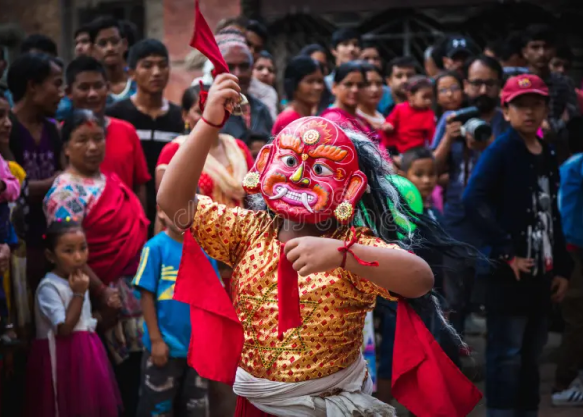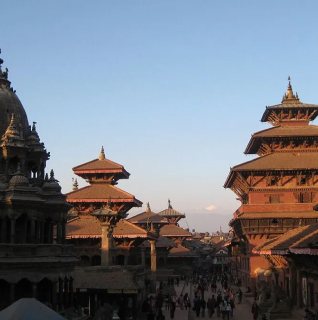About Nepal

Geographical Insights
Nepal, a landlocked nation in South Asia, lies nestled between the majestic Himalayas to the north and the lush Gangetic plains to the south. It is bordered by China (Tibet Autonomous Region) to the north and India to the east, south, and west. Nepal's diverse topography encompasses the Terai plains at nearly sea level, the mid-hills, and the towering Himalayan range, home to eight of the world’s 14 highest peaks, including Mount Everest (8,848.86 m).


Cultural Insights
With a population exceeding 30 million, Nepal is a melting pot of ethnicities and cultures. The official language, Nepali, is spoken nationwide, alongside over 120 regional languages such as Maithili, Bhojpuri, Newar, and Tamang. Nepal’s cultural fabric is deeply interwoven with its religious diversity, primarily Hinduism and Buddhism, often practiced in harmony. Festivals like Dashain, Tihar, and Buddha Jayanti showcase the vibrant cultural ethos of the nation.

Climate
Nepal’s climate varies significantly across its topography. The Terai plains experience a tropical climate, with hot summers and mild winters. The hilly regions enjoy a temperate climate, while the high mountains have alpine conditions with cold, harsh winters. Monsoon rains dominate the summer months (June–September), while autumn and spring offer clear skies and pleasant temperatures, making them ideal for tourism and trekking.
Political Structure
Nepal is a federal democratic republic, divided into seven provinces under the 2015 constitution. The government operates under a parliamentary system, with a President serving as the ceremonial head of state and a Prime Minister as the executive authority. The governance framework emphasizes inclusivity, with a federal structure that delegates powers to local, provincial, and federal levels.
Travel and Living
Nepal offers an intriguing mix of traditional charm and modern amenities. For potential workers, cities like Kathmandu, Pokhara, and Biratnagar provide employment opportunities and vibrant social scenes. The cost of living is relatively affordable, with options ranging from local homestays to modern apartments. International workers should prepare for visa arrangements, familiarize themselves with local customs, and adapt to infrastructure challenges, especially in rural areas. Safety, healthcare, and communication facilities are improving but can vary between urban and remote locations.
 +97714983094
+97714983094
 Samakhushi-26, Kathmandu, Nepal
Samakhushi-26, Kathmandu, Nepal










